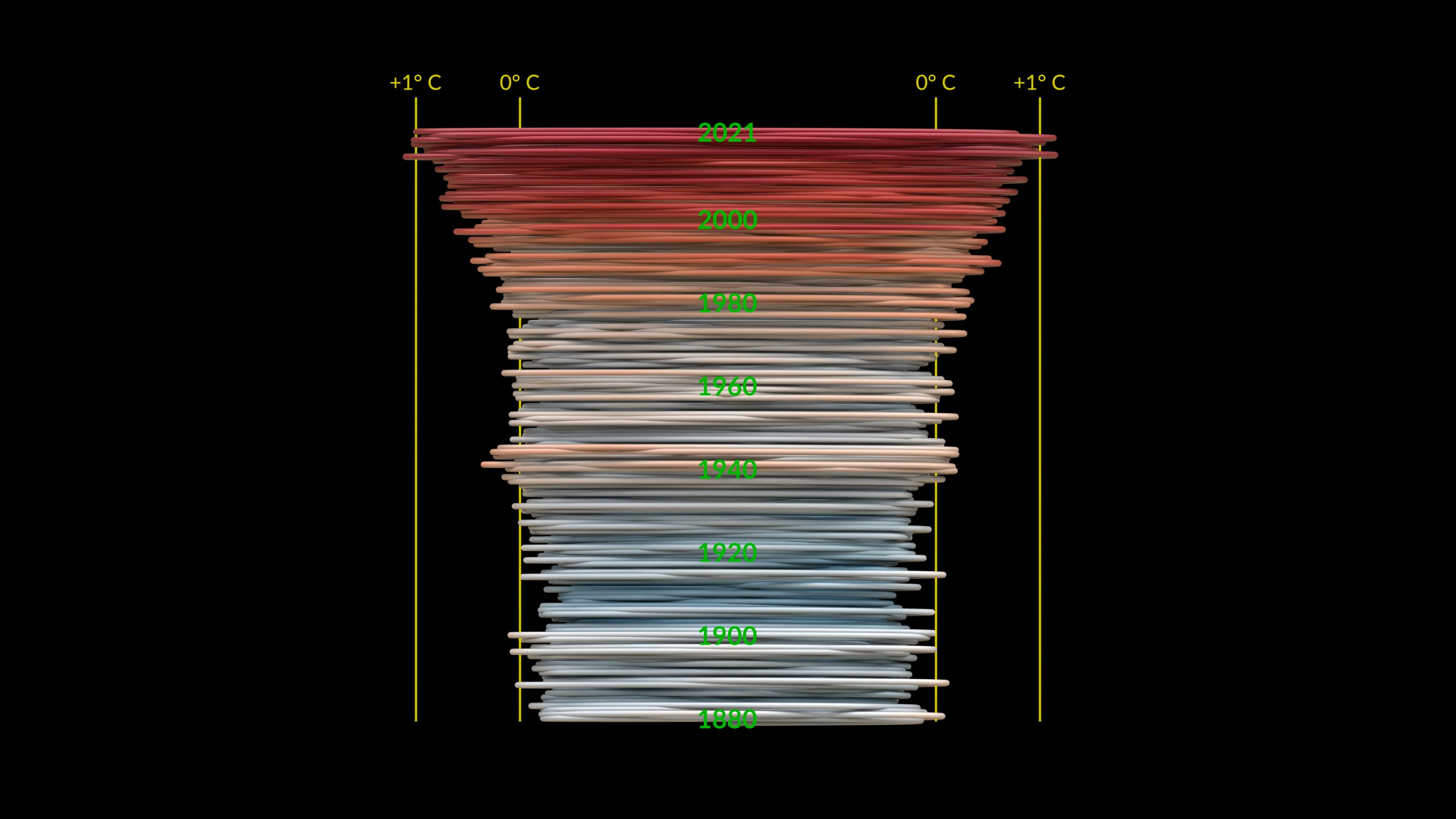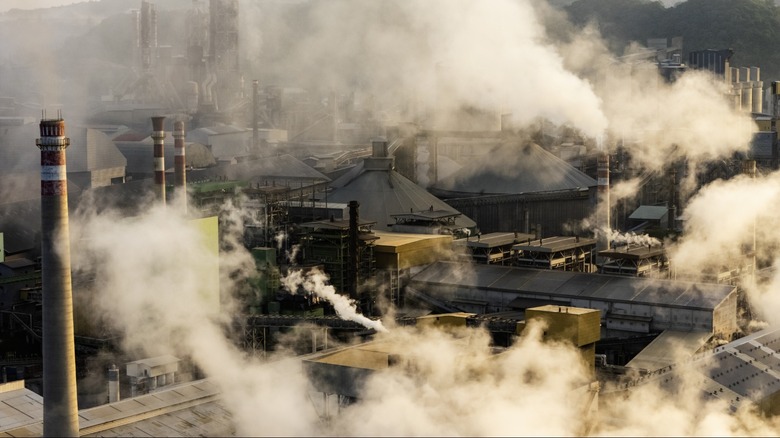It's Been Millions Of Years Since Earth's Atmosphere Had This Much CO2
New reports out of the NOAA and Scripps Institution of Oceanography suggest that the carbon dioxide (CO2) levels in Earth's atmosphere haven't been this high in millions of years. It's a striking discovery that raises even more questions about the current state of our ongoing fight against climate change and how humans are playing a part in it.
We already know that we've likely reached a turning point in rising global temperatures, and some argue that we'll never be able to stop rising sea levels. But that hasn't stopped many from continuing to monitor the situation and looking for ways to slow it down.
While we haven't made much progress on the latter, scientists have discovered some pretty interesting stats in relation to how carbon dioxide is rising within our atmosphere. This latest report builds off years of CO2 monitoring at the Mauna Loa Observatory in Hawaii.

We've known for decades now that May is when CO2 levels peak. They then fall during the growing season and rise again when the plants start to die in the fall. This measurement, known as the Keeling Curve, has continued to set new records in recent years as May arrives, and this year is no different.
According to the newest report, May's monthly average measured out to 430.2 parts per million for 2025, an increase of 3.5 ppm since May of 2024. It is worth noting that this only includes measurements taken in one part of the world. However, the observatory at the Mauna Loa Observatory is one of the most reliable places for the NOAA and Scripps to measure.
If you aren't following climate change fiasco, then you might not understand exactly what makes rising CO2 levels so dangerous. CO2 is what scientists call a greenhouse gas. This means that as more of it fills our atmosphere, it traps in more heat from the sun.
This, of course, raises global temperatures even further, which can lead to melting ice caps, rising sea levels, and, eventually, even sinking cities. While CO2 records around the world haven't jumped this high everywhere, it's worth remembering that this continued trend means that those levels will eventually reach new heights, too.
There may be little we can do to stop global warming as a whole, but that doesn't mean we can't continue to look for ways to cut down on CO2, even if for no other reason than to stop polluting the air around the cities we call home.
